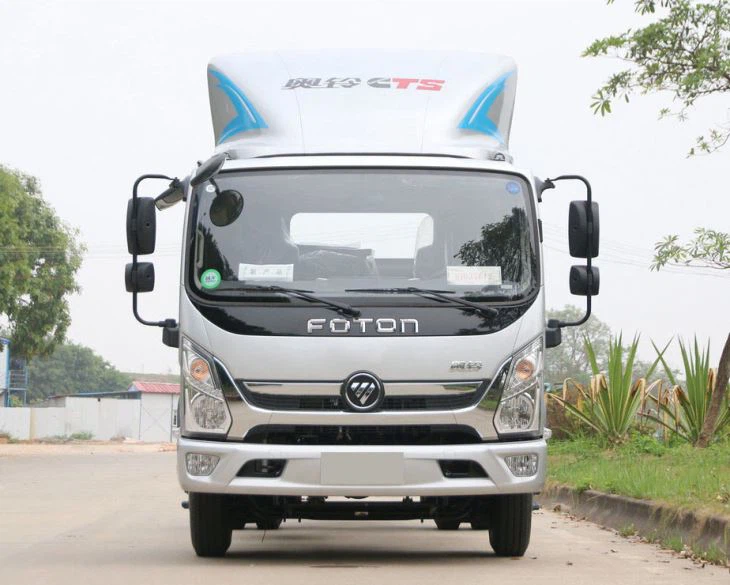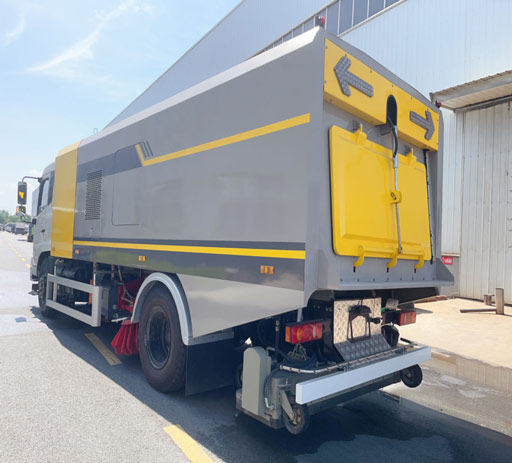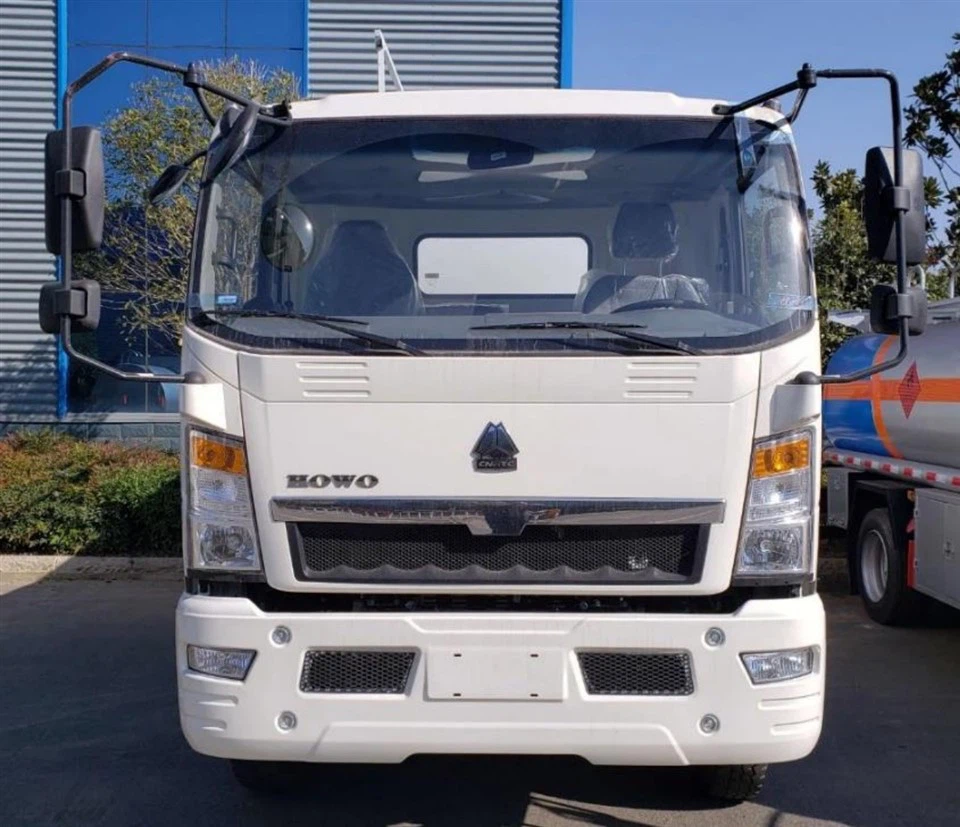Comprehensive Guide to Wastequip Parts: Everything You Need to Know

Introduction
Wastequip is a leading provider of waste handling equipment and components, offering a vast range of parts suitable for different waste management systems. This article aims to shed light on the various Wastequip parts available, their uses, and how they contribute to efficient waste management. Whether you are a service provider, a facility manager, or just a curious consumer, understanding Wastequip parts can help you choose the right equipment and ensure optimal functionality and longevity.
Understanding Wastequip and Its Product Range
Wastequip has built a reputation for delivering high-quality waste management solutions. Their product range includes containers, compactors, recycling equipment, and a multitude of parts that keep these systems running smoothly.

The Importance of Quality Parts in Waste Management
Using quality parts ensures that your waste management systems operate efficiently. Subpar parts can lead to equipment failures, increased maintenance costs, and environmental hazards. Therefore, investing in genuine Wastequip parts is essential for reliability.
Common Wastequip Parts and Their Functions
Here, we break down some of the most commonly used Wastequip parts, detailing their specific functions and applications.
1. Containers
Containers are essential for waste collection and come in various sizes and types to suit specific needs.
- Front Load Containers: Ideal for commercial waste collection.
- Rear Load Containers: Common in residential areas.
- Bulk Containers: Designed for larger waste volumes.
2. Compacting Equipment
Compactors help to minimize waste volume, increasing efficiency and cost-effectiveness.
- Stationary Compactors: Permanent installations for large operations.
- Portable Compactors: Useful for flexible waste management needs.
3. Lids and Hoppers
These parts are crucial for ensuring safety and cleanliness.

- Hopper Lids: Prevent access to waste and control odors.
- Safety Lids: Designed to prevent accidents during loading.
4. Wheels and Casters
Robust wheels and casters facilitate easy movement of containers and compactors.
- Heavy-Duty Wheels: Ensure durability under heavy loads.
- Swivel Casters: Allow for flexible maneuverability.
5. Hydraulic Systems
Hydraulics play a vital role in the operation of compactors and other equipment.
- Hydraulic Pumps: Convert electrical energy into hydraulic pressure.
- Hydraulic Cylinders: Act as actuators in various machines.
6. Accessories and Replacement Parts
Accessories enhance the functionality of Wastequip products.
- Replacement Seals: Keep equipment airtight and prevent leaks.
- Wear Parts: Regularly replaced items that experience high wear.
Choosing the Right Wastequip Parts
Selecting the correct Wastequip parts is crucial for operational efficiency. Here are some factors to consider:
1. Compatibility
Ensure that the parts you choose are compatible with your existing equipment. Check the model numbers and specifications carefully.
2. Quality and Authenticity
Opt for genuine Wastequip parts to guarantee longevity and performance. Genuine parts are designed for optimal fit and performance.
3. Environmental Considerations
Choose parts made from recyclable materials to align with sustainable practices.
Maintenance Tips for Wastequip Parts
Proper maintenance extends the life of your Wastequip equipment. Here are some useful tips:
1. Regular Inspections
Conduct regular inspections of your equipment to identify wear and tear early. Pay extra attention to moving parts and seals.
2. Cleaning and Upkeep

Keep containers and compactors clean to prevent contamination. Regularly remove waste buildup and check for damages.
3. Timely Replacements
Replace worn-out parts immediately. Delaying replacements can lead to more extensive damage and costly repairs.
Common Problems and Solutions
While Wastequip equipment is generally reliable, problems can still arise. Below are some common issues and how to solve them:
1. Hydraulic System Failures
If you experience hydraulic failures, check for fluid leaks or worn seals. Monitor the hydraulic fluid levels regularly.
2. Overfilled Containers
To prevent overflow, follow the manufacturer’s guidelines for filling containers. Consider using automatic monitoring systems for large operations.
Where to Buy Authentic Wastequip Parts
Finding authentic Wastequip parts is essential for maintaining efficiency. Here are some avenues to explore:
1. Official Wastequip Dealers
The most reliable source for Wastequip parts is through authorized dealers. Check the Wastequip website for a dealer locator.
2. Online Retailers
Various online platforms also sell Wastequip parts. Ensure you validate the authenticity of these online stores.
3. Local Suppliers
Contact local suppliers who specialize in waste management equipment. They often carry a selection of parts for immediate needs.
Cost Considerations for Wastequip Parts
The cost of Wastequip parts can vary based on factors like type, size, and material. Here’s a breakdown of common costs:
1. Container Costs
Typically range from $200 to $1,500 depending on size and type.
2. Compactor Pricing
Compactors may cost anywhere from $2,000 to over $12,000 based on capacity and features.
3. Replacement Parts
Small components like seals and hydraulic parts generally cost between $10 and $500.
FAQs on Wastequip Parts
1. What should I consider when purchasing Wastequip parts?
Look for compatibility, authenticity, and environmental impact to make an informed decision.
2. How often should I replace waste handling parts?
Replacement intervals vary by part but regular inspections should guide your decision on when to replace.
3. Can I use non-Wastequip parts with my Wastequip equipment?
It’s advisable to use genuine Wastequip parts as non-genuine parts may not fit properly and can lead to equipment failure.
4. Where can I find a certified dealer for Wastequip parts?
You can find a certified dealer by visiting the Wastequip website and using their dealer locator feature.
5. What are the main benefits of using Wastequip parts?
Using Wastequip parts ensures reliability, durability, and optimal performance of your waste management systems.
6. Are Wastequip parts environmentally friendly?
Many Wastequip parts are designed with sustainability in mind, using recyclable materials and promoting better waste management practices.
